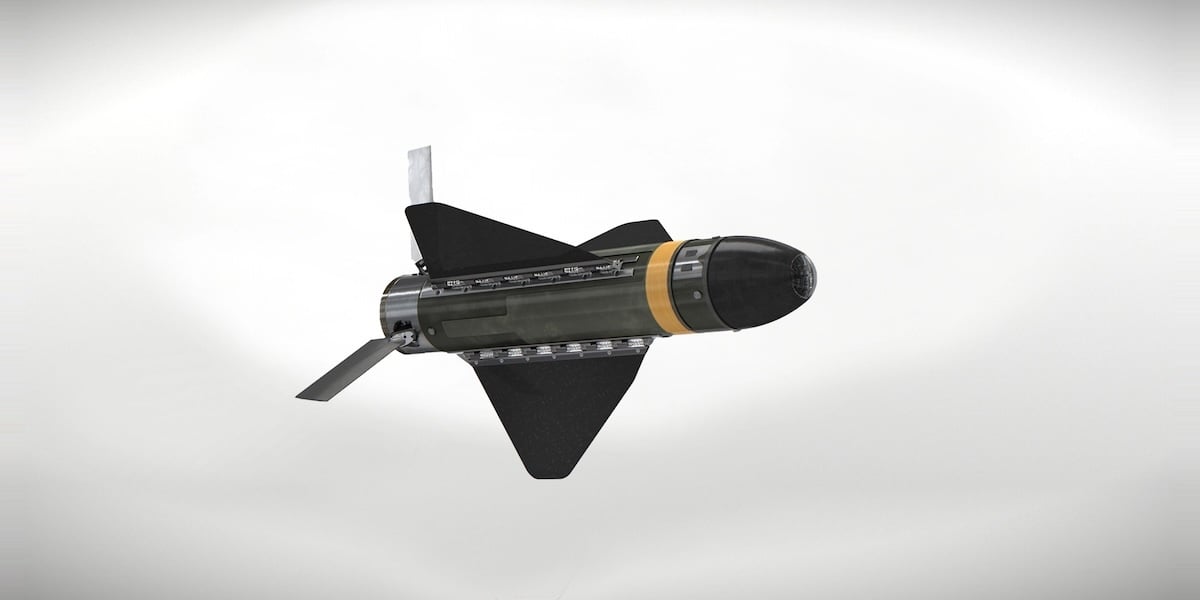Northrop Grumman recently showcased its innovative one-way attack drone, the “Lumberjack,” at the Modern Day Marine expo in Washington, DC. This cutting-edge technology is a modular, jet-powered loitering munition designed to operate autonomously or under human control, utilizing real-time communications via an onboard data link. The Lumberjack can be launched from both ground and aerial platforms, offering versatility in various combat scenarios.
The drone is engineered to adapt to multiple missions including electronic warfare, reconnaissance, and kinetic strikes. It is capable of deploying submunitions, such as Northrop’s six-pound (2.7-kilogram) Hatchet precision strike weapon, effectively providing ground forces with offensive capabilities from a distance. Michael Bastin, Northrop’s Director of Technology, highlighted the potential for the Lumberjack to deliver kinetic effects from a forward-deployed ground base, enhancing the defense of surface and air capabilities while also offering protection through non-kinetic electronic warfare measures.
Classified under the Pentagon’s Group 3 unmanned aerial systems (UAS) category, the Lumberjack is categorized as a large drone weighing between 55 and 1,320 pounds (24 and 598 kilograms). It boasts impressive operational speeds ranging from 100 to 250 knots (approximately 185 to 463 kilometers per hour) and can fly at altitudes of up to 18,000 feet (5,486 meters). The drone’s strike radius exceeds 200 miles (321 kilometers), with an option to trade some range to extend its loitering endurance for several hours.
In terms of launch options, the Lumberjack has been undergoing testing since 2024, and Northrop is now actively seeking potential buyers to transition it from the prototype phase to operational deployment. During trials, the drone demonstrated its launch capabilities from an electric rail system, indicating a future role in naval surface combatants. Additionally, it can be launched from a pneumatic system, known informally as a “potato gun,” highlighting its low-cost and easy-to-manufacture design.
Northrop Grumman continues to refine air-launch capabilities for the Lumberjack beyond the initial deployment from helicopters and fixed-wing aircraft. Notably, its size is similar to that of a Small Diameter Bomb, allowing for compatibility with existing aircraft mounting points. By combining modular payloads, extended range, and flexible launch options, the Lumberjack presents a potentially cost-effective solution for military operations, contingent upon the specific payload used.


















